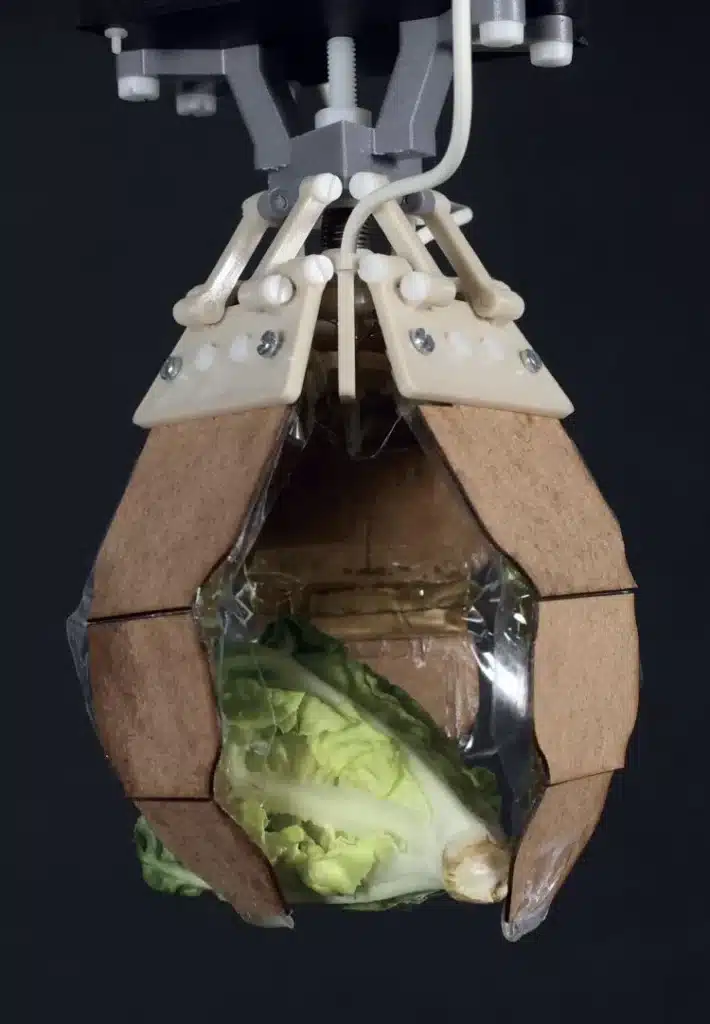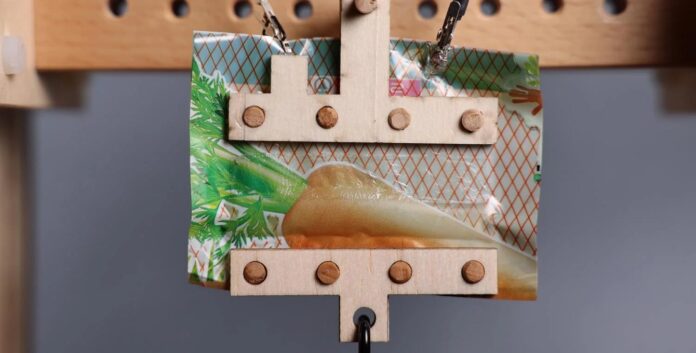Robots are becoming more popular; however, their use has resulted in technological waste and unsustainable disposal practices. In 2019, electronics contributed 53.6 million metric tonnes of unrecycled waste, which is predicted to rise by over 2 million each year.
They are flexible and soft enough to bounce off walls and fit into small areas. When you’re finished with them, place them in a compost container to decompose.
A team of engineers, led by CU Boulder graduate student Ellen Rumley, created a new type of robotic actuator, or “artificial muscles,” that can power robotic arms and legs with life-like movements and disintegrate gradually in soil over a few months. The actuators, which move fluid around in squishy sacs, can power robotic arms and legs with life-like movements and dissolve organically in the soil after a few months, making them far more sustainable than previous models.
Rumley, a co-first author of the new study and researcher in the Paul M. Rady Department of Mechanical Engineering at CU Boulder, said, “You could dispose of them in an industrial compost bin. We hope the project will inspire other engineers to develop robotics with sustainability in mind.”
Christoph Keplinger, formerly an assistant professor of mechanical engineering at CU Boulder and currently the director at the Max Planck Institute for Intelligent Systems in Stuttgart, Germany, led the project.
In the new study, the researchers created a set of soft robotic actuators entirely constructed of sustainable materials. The actuators are about as versatile as typical Hydraulically Amplified Self-Healing ELectrostatic( HASEL) actuators, with the ability to flex for 100,000 cycles or more without breaking.
The new materials system’s sustainability now opens up exciting options for applications that require components meant for single- or short-term usage, such as food processing or medical applications.
Keplinger, a co-founder of Artimus Robotics, a Boulder-based company that develops and sells HASEL actuators, said, “It was particularly exciting that we ended up with a materials system that is fully biodegradable and can still match key performance metrics of actuators made from non-biodegradable materials.”
The researcher started her graduate studies in Boulder before moving to Germany in 2020 to work as a visiting researcher in Keplinger’s lab.
She said, “I had felt like the rigidity of the robots was a big limiting factor of their physical capabilities. That was especially jarring when you saw a person walking next to a robot.”
The HASEL actuators are made up of transformer oil contained within plastic pouches that are partially covered by a thin coating of an electrical conductor. When electricity is delivered across the HASEL actuators, they decay in zero, ten, thirty, and fifty days.

He added that When electricity is applied across the conductors, the pouch “zips together,” squeezing the fluid from one end to the other. As a result, the pouches alter their shape and can exert force on devices such as robotic limbs.
The researcher and her colleagues set out in the current study to identify sustainable components that could replace every aspect of those early designs.
She said, “We were in search of the perfect combination of compatible materials that would make for a high-performance biodegradable muscle,”
They explored various biodegradable options, including a biodegradable polyester blend, to replace the plastic pouches in their actuators. A biodegradable polyester blend is widely used in shopping bags and even comes stamped with carrot motifs.
The team’s final designs for artificial muscles can lift nearly as much as standard HASEL actuators. They will degrade in about six months in a composting facility.
Keplinger imagines HASEL actuators one day powering Iron Man-like “exosuits” that may enable paralyzed persons to walk. She is driven to create technology that will empower underprivileged groups.
He said, “The applications are really exciting, especially for devices that can assist folks who are physically impaired. I am motivated to develop technology capable of empowering underserved populations.”
Keplinger and her colleagues at Artimus Robotics created HASEL actuators in 2018 with funding from CU Boulder Venture Partners.
Journal Reference:
- Rumley,Preninger,Shagan Shomron, . Biodegradable electrohydraulic actuators for sustainable soft robots. Science Advances. DOI: 10.1126/sciadv.adf5551
